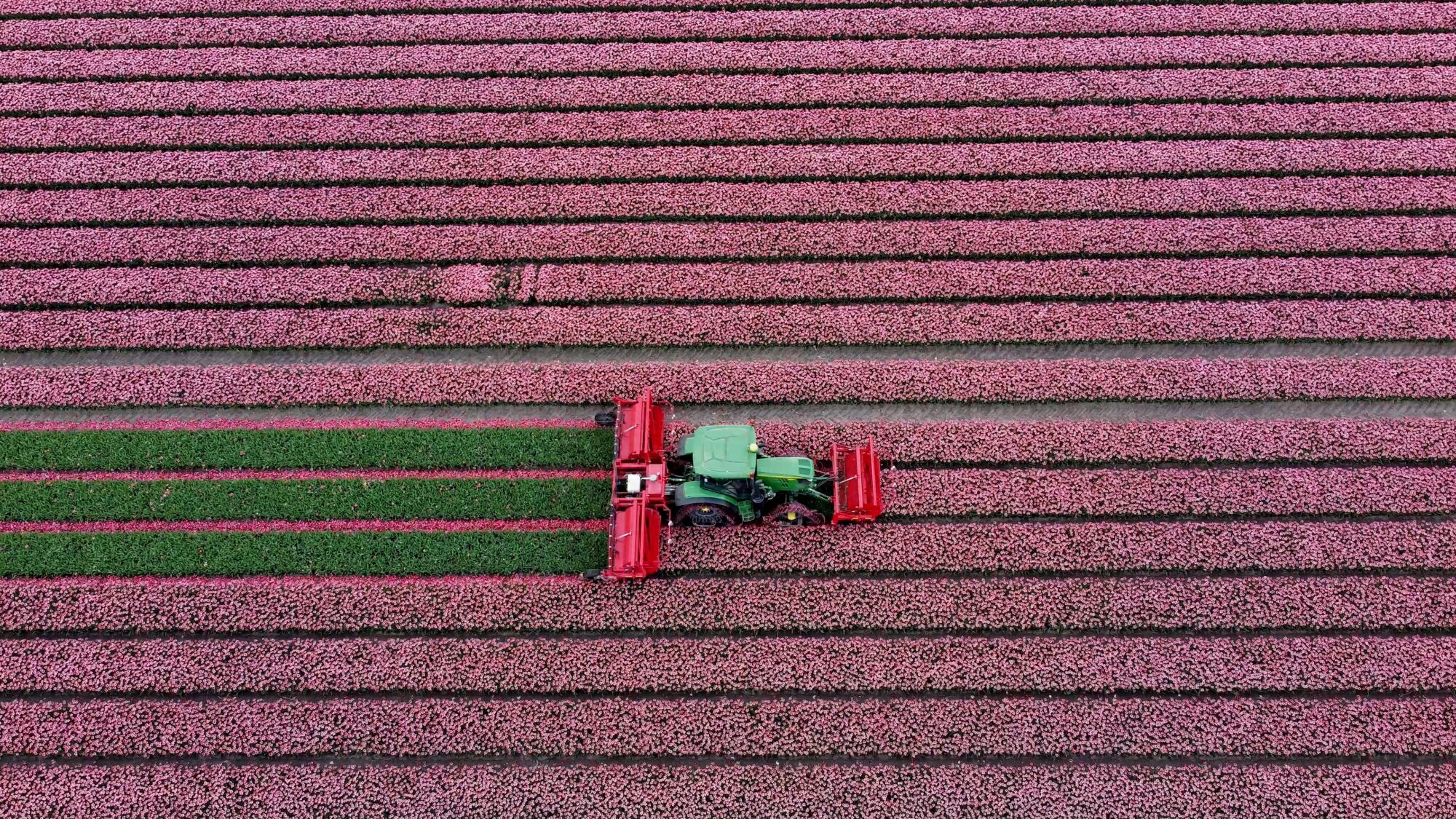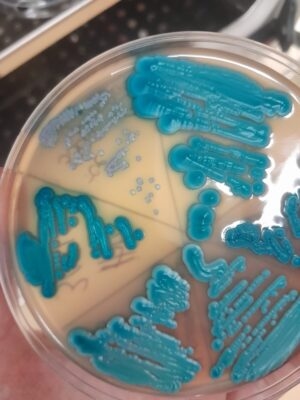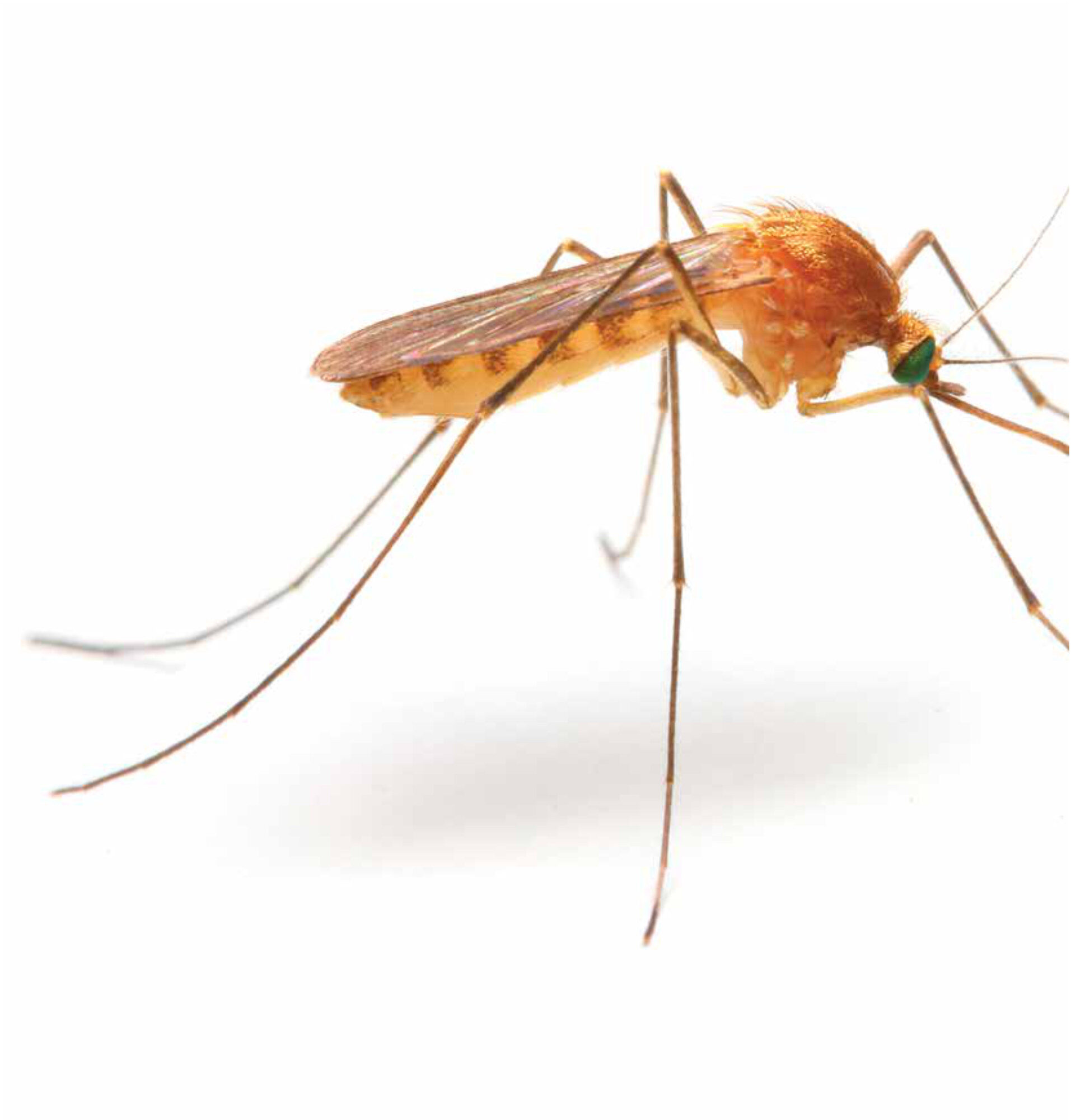Main content
Irony
I was probably reviewing the anatomy of the uterus as another hundred people washed up upon the shores of Greece. And while the WHO (World Health Organisation) gathered to discuss the migrant crisis in Lampedusa, I was sending out applications for a paediatrics residency, since I figured the experience would be of benefit for my work abroad later. Meanwhile, as the doors of temporary asylum seekers’ homes were being opened, teams of volunteers were being mobilised and discussions on the medical screening of new migrants were ongoing, I sat in the comfort of my home reading up on the impact of migration on public health, holding Skype-meetings with TROIE (the Association for Residents in International Health and Tropical Medicine) and conducting ongoing debates with myself on my next career moves. The irony was almost tangible: there I was, a nearly graduated doctor of International Health and Tropical Medicine (resident IHTM) with a self-proclaimed interest in migrant health and I was not involved – left out of the discourse.
A week later, I joined my first shift with the Dutch Red Cross at Heumensoord. Not much later, I registered for a conference in Oslo to actively participate in the biennial European discussion on migrant and ethnic minority health. And later that year I would book a plane to Lesbos to participate in the Stichting Bootvluchteling (Association for Boat Refugees) medical mission. But most importantly, I gladly accepted a proposal by my former supervisor in obstetrics and gynaecology (O&G), dr. van der Lans, to facilitate a more prominent role for and stimulate the potential of the IHTM resident in the migrant and refugee health discourse.
The tropical medicine programme
The Dutch training programme in International Health and Tropical Medicine is unique in the world. It has been duly recognised as an official post-graduate specialisation since January 2014 by the Royal Dutch Association of Physicians (KNMG). Residents can apply to one of two different profiles: surgical or mother-child. The surgical profile consists of nine months of clinical training in surgery and O&G, while the mother-child profile consists of clinical training in paediatrics alongside O&G. An additional 6-month residency abroad in a low-resource setting and the 3-month Dutch course in Tropical Medicine and Hygiene results in a broad and well-rounded programme, aimed at equipping young doctors with the skills required to work in an international setting. Currently, there are 75 residents being trained in 29 different hospitals all over the Netherlands.
Noteworthy is that the IHTM programme is a dynamic and continuous work in progress with the curriculum being adjusted to the medical and public health needs overseas and here in the Netherlands. So whereas my grandfather packed his doctor’s bag to treat Dutch immigrants in Indonesia and my mother left the comfort of her home to combat malaria in Tanzania, I eventually see a role for myself here – on Dutch soil – providing expert care in a multicultural setting, and building on the skills acquired during my training and the additional experience gained abroad. (See also: Van Koloniale Geneeskunde tot Internationale Gezondheidszorg) [1].
Waste of potential?
What kinds of career paths do these doctors of IHTM undertake? The RGS (Dutch commission for registration of medical specialists) currently counts a total of approximately 280 registered doctors of IHTM working in various fields. Recent research conducted by TROIE reports that about 34% of doctors of IHTM returning to the Netherlands eventually become medical specialists (such as gynaecologists and surgeons), 28% become general practitioners, and another 20% continue to fulfil posts in the international health scene or local public health field. The common sentiment is that graduates are a socially engaged group of doctors with a broad medical view, good clinical skills, expertise in health promotion and advocacy, knowledge of the management of health systems, and a feeling for the intercultural aspects of health care. Personal verdicts from former doctors of IHTM unanimously state that their training and experience contributed to their qualities as medical professionals in a Dutch health care setting today. Unfortunately, hard data concerning this added value is still lacking, which is one reason the Minister of Health has repeatedly denied the training programme structural funding.
And what about this group of 75 IHTM residents? What is their role in the current hot topic of migrant and refugee health? With this question in mind, we first drew a couple of conclusions for ourselves. After all, failing to make intelligent use of the enthusiasm and qualities of this group of residents would be a pity. Pro-active involvement in pressing humanitarian issues closer to home should be promoted. Also, in the current curriculum, the necessary CANMEDS competencies required to practise primary health care abroad are underrepresented.
Double-edged sword
The plan is quite simple. The resident IHTM structurally spends half a day a week seeing patients at the outpatient clinic of the GCA (medical centre for asylum seekers) of a designated asylum seekers’ home throughout the course of his/her clinical training or during three consecutive months. The benefits are many. Through his/her work under supervision of the general practitioner (only registered GPs are officially able to provide care in asylum seekers’ homes), the resident is not only introduced to medical care for asylum seekers but also exposed to the organisational and public health aspects and coordination of this care. Additionally, the resident is able to provide a useful and engaged helping hand for the GP, also serving as a link between primary and secondary care and functioning as a facilitator for more integrative medicine. The hope is that this short residency will cause a ripple effect for the future, creating interest in migrant health upon return to the Netherlands. And the ideas do not end here. In later stages, this plan could be expanded to include an outpatient clinic run by the resident and his/her specialist supervisor focused on referrals from the GP or mid-wife. Currently, outpatient care of asylum seekers in the hospital is often still a strenuous and frustrating job, with barriers such as time constraints and difficulties in receiving translating services resulting in suboptimal care.
Join us!
Of course, the above plan has logistic, financial and perhaps political constraints. So we encourage you to join the session of TROIE and the WHIG (the Dutch Platform for Family Medicine and International Health) at the annual congress of the Netherlands Society of Tropical Medicine and International Health on Friday the 28th of October. What do YOU think is the role of the (resident) IHTM in the health of people on the move?
Further reading
https://www.coa.nl/nl/actueel/nieuws/tijdelijke-opvanglocatie-heumensoord
http://eupha-migranthealthconference.com/euphas-6th-european-conference
http://bootvluchteling.nl
http://www.knmg.nl/Opleiding-en-herregistratie/RGS-1/Opleiding/Tropenarts.htm
http://www.medischevervolgopleidingen.nl/rubrieken/algemene-competenties-canbetter/canmeds-competenties
https://www.nvtg.org/userfiles/files/AIGT_Opleidingsplan_Final_2012.pdf
https://www.werkenbijgca.nl/portal-outsite-portal-pagina/huisartsen
References
- Leo van Bergen (2007). Van Koloniale Geneeskunde tot Internationale Gezondheidszorg. Een geschiedenis van de Nederlandse Vereniging voor Tropische Geneeskunde, Amsterdam [KIT/NVTG] 2007 (In Dutch)



















































